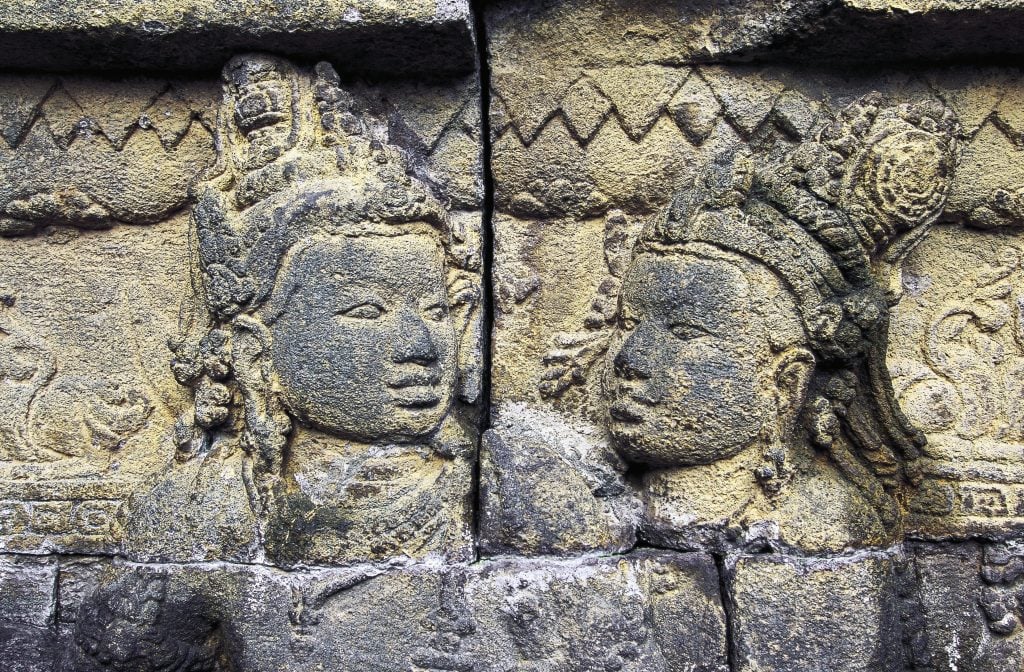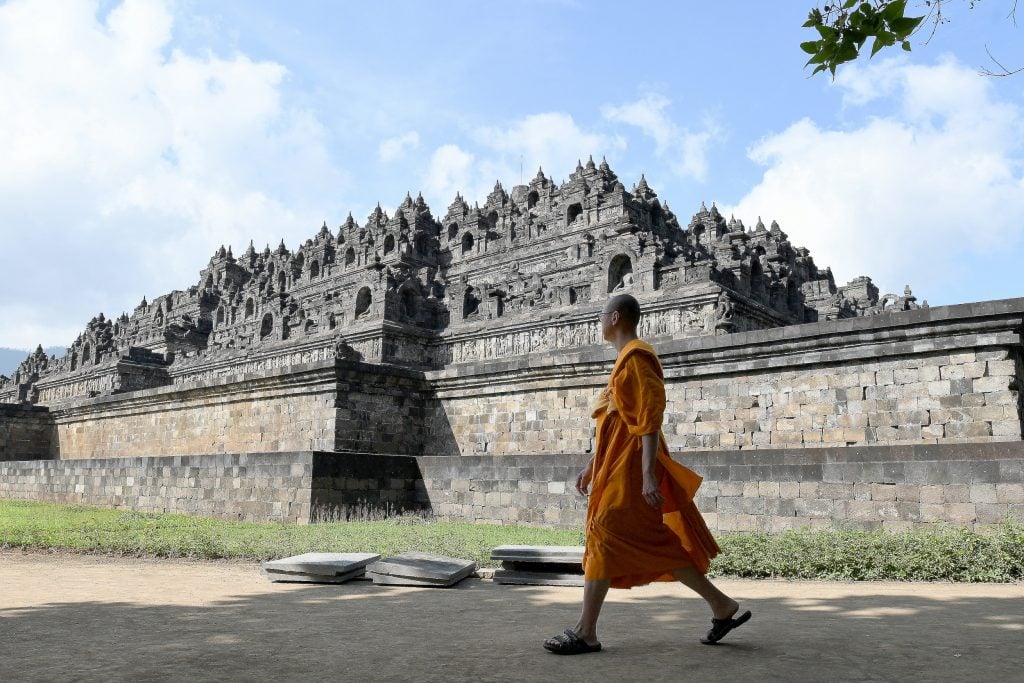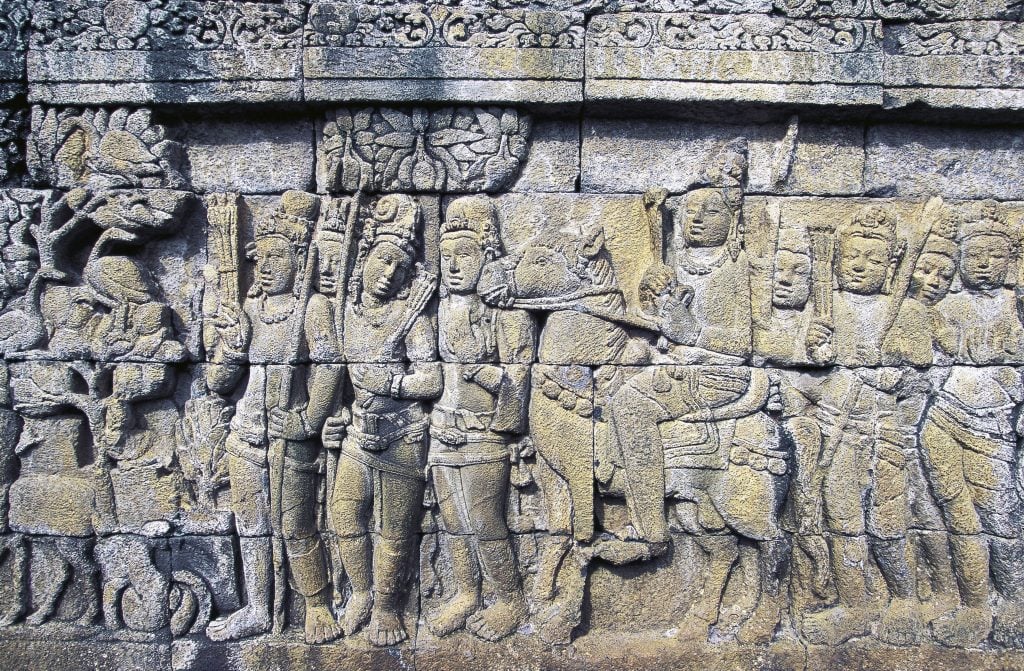Archaeology & History
Breakthrough A.I. Model Reveals Lost Ancient Relief from 134-Year-Old Photo
The technique could prove a game-changer for digital preservation.

The technique could prove a game-changer for digital preservation.

Sofia Hallström

Researchers in Japan have used artificial intelligence to recreate a stunningly accurate 3D model of a centuries-old stone relief based on a single, faded photograph taken 134 years ago.
A research team at Ritsumeikan University led by Professor Satoshi Tanaka along with Dr. Jiao Pan, from the University of Science and Technology Beijing, has developed a new neural network that can create an impressively detailed digital model from just one 2D photo. This technique could prove a game-changer for digital preservation, especially for artifacts that are hidden, too fragile to be excavated, or too delicate for conventional 3D modeling.
The relief, found on the ground level of the famed Borobudur Temple in Indonesia, a UNESCO World Heritage site, depicts a group of people in traditional attire set against a backdrop of trees and ancient architecture. It was only known by a black-and-white photo that was taken in the 19th century while the relief was exposed during reconstruction work. It was then covered over by reinforcement walls.
For years, attempts to digitally reconstruct the work stalled due to the limitations of two-dimensional photography, especially in capturing its intricate details and depth. Traditional photography methods struggled with compressed depth values, making it nearly impossible to pull out the texture and contours needed to reconstruct faces and decorations in high detail.

Borobudur Temple, in Magelang, Indoensia. Photo: Dasril Roszandi/Anadolu via Getty Images.
But the A.I. devised by Tanaka’s team could overcome these challenges. The magic behind this model lies in its “soft-edge detection” technology, a method that identifies subtle changes in curvature that suggest depth and detail. The A.I. doesn’t just look at where brightness changes abruptly, which is typical in edge detection, but instead learns to find “soft edges”, areas where the relief’s curvature gradually shifts, indicating the finer textures and shapes of the figures.
This approach allows the network to understand and recreate depth more precisely, especially in delicate areas like facial features. As the network analyzes the soft edges, it becomes better at discerning the actual structure of the relief, rather than just interpreting the shallow changes visible in 2D photos.
“Our multi-task neural network successfully reconstructed these hidden sections of Borobudur’s ground-level reliefs from surviving old photographs,” Tanaka said in a press release. “Through computer visualization and virtual reality, our research now allows virtual exploration of these unseen treasures.”

A bas-relief depicting human figures at the Buddhist temple of Borobudur, 8th-9th century, similar to that which a new A.I. model has reconstructed. Photo: DeAgostini/Getty Images.
The benefits of 3D modeling in archaeology have also been seen in North America, where researchers used photogrammetry to discover faint Indigenous glyphs on the walls of Alabama’s “19th Unnamed Cave.” The technology enabled researchers to map and preserve intricate details of cave art that would otherwise be invisible to the naked eye.
Together, these advancements highlight how A.I. and 3D modeling are bridging the past with the present, offering digital access to ancient art and cultural artifacts. With tools that can see what the human eye might miss, these technologies are making it possible to explore and understand historical art in unprecedented ways.
Moreover, the technology holds “vast potential for preserving and sharing cultural heritage,” Tanaka said. “It opens new opportunities not only for archeologists but also for immersive virtual experiences through VR and metaverse technologies, preserving global heritage for future generations.”